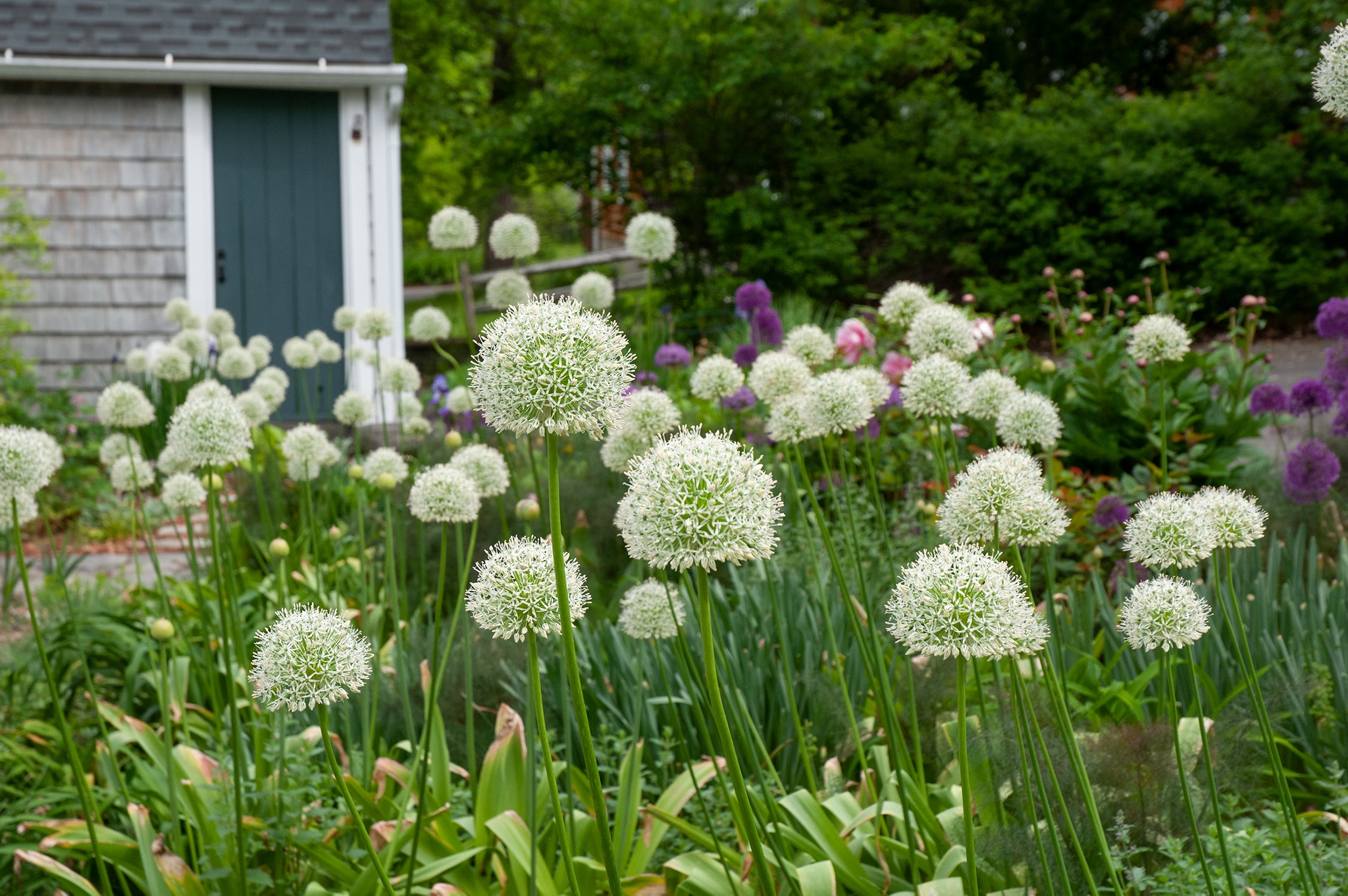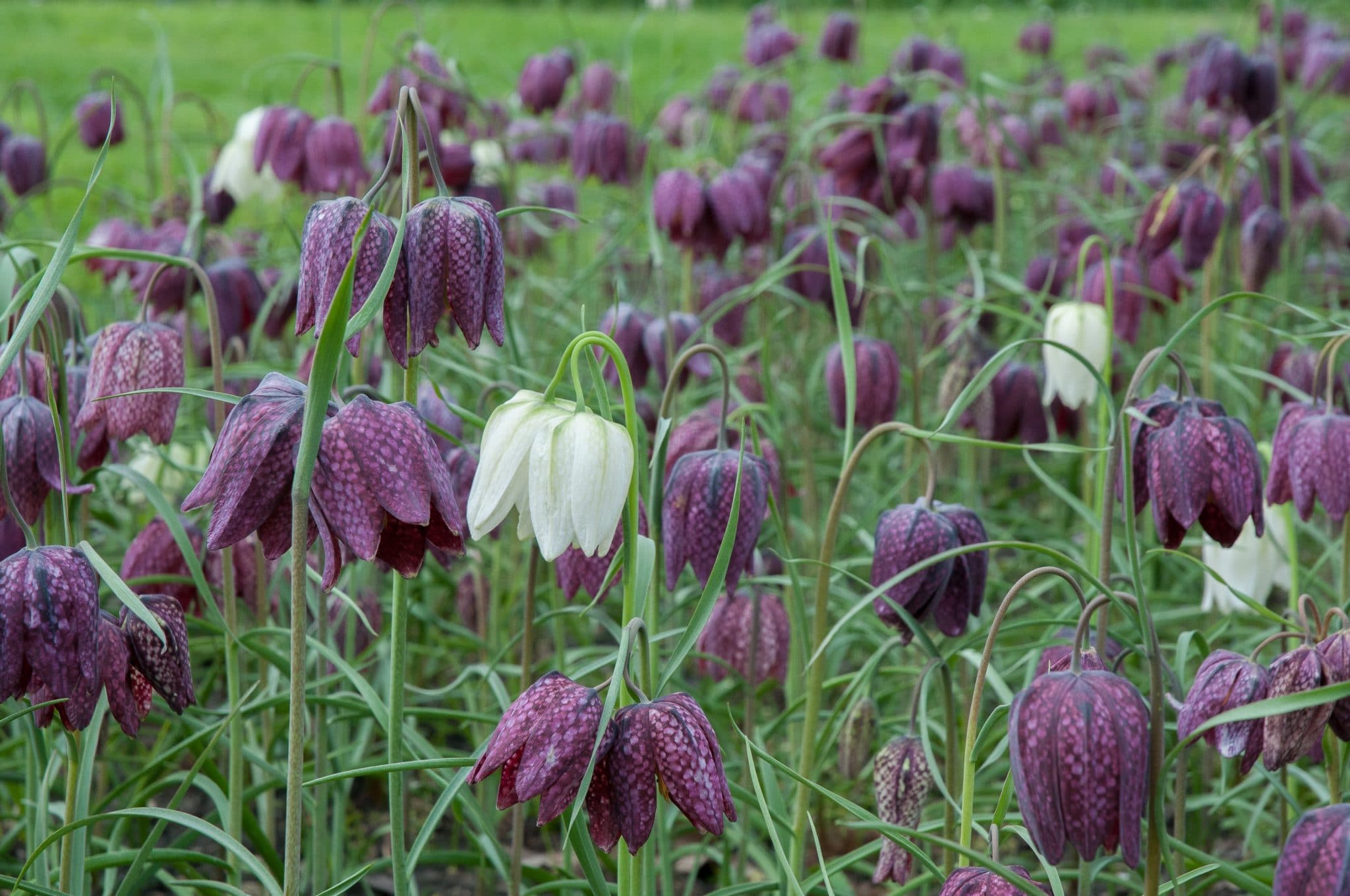 Deer are a fact of life in many suburbs and rural areas. They sometimes even find their way into urban neighborhoods. Expending the time, money, and energy to put plants in the ground, only to step outside one morning and find that the deer have eaten them to the quick is painful. You can install a fence, you can spray repellents—or you can look for plants that deer don’t like.
Deer are a fact of life in many suburbs and rural areas. They sometimes even find their way into urban neighborhoods. Expending the time, money, and energy to put plants in the ground, only to step outside one morning and find that the deer have eaten them to the quick is painful. You can install a fence, you can spray repellents—or you can look for plants that deer don’t like.
There are quite a few bulbs that deer avoid. You can see them on the Deer Resistant Bulbs page. The list is longer than you might think because it includes one of the most important groups of spring-flowering bulbs: daffodils.
At Colorblends, we make a distinction between “deer resistant” and “deer proof.” Deer-resistant bulbs are low on the deer preference list. Deer will eat them if they are hungry enough or if the bulbs are right on their path, but they would rather eat something they love, like tulips. Deer-resistant bulbs include alliums , irises, and fritillarias such as Snake’s Head.
Deer-proof bulbs, on the other hand, will not be eaten by deer or rodents, no matter how hungry they are. Daffodils, snowflakes, and snowdrops all contain a very bitter alkaloid that is toxic to mammals. No animal will touch these bulbs. A doe and her fawns will mow down emerging daylily foliage but leave adjacent daffodils alone.
If you have questions on this subject, let us know and we will do our best to help. “Deer resistance” is open to interpretation and depends on the deer in your area (who don’t say much!) and many other factors. If deer are a big problem, stick to bulbs that are deer proof. Put another way: Plant daffodils.
Gallery of Bulbs That Deer Avoid
 Marieke |
 Cassata Cassata |
 Camassia |
 Blue Squill Blue Squill |
 Allium Mount Everest |
 Allium Moly |
 Glory of the Snow |
 Snake’s Head Snake’s Head |




